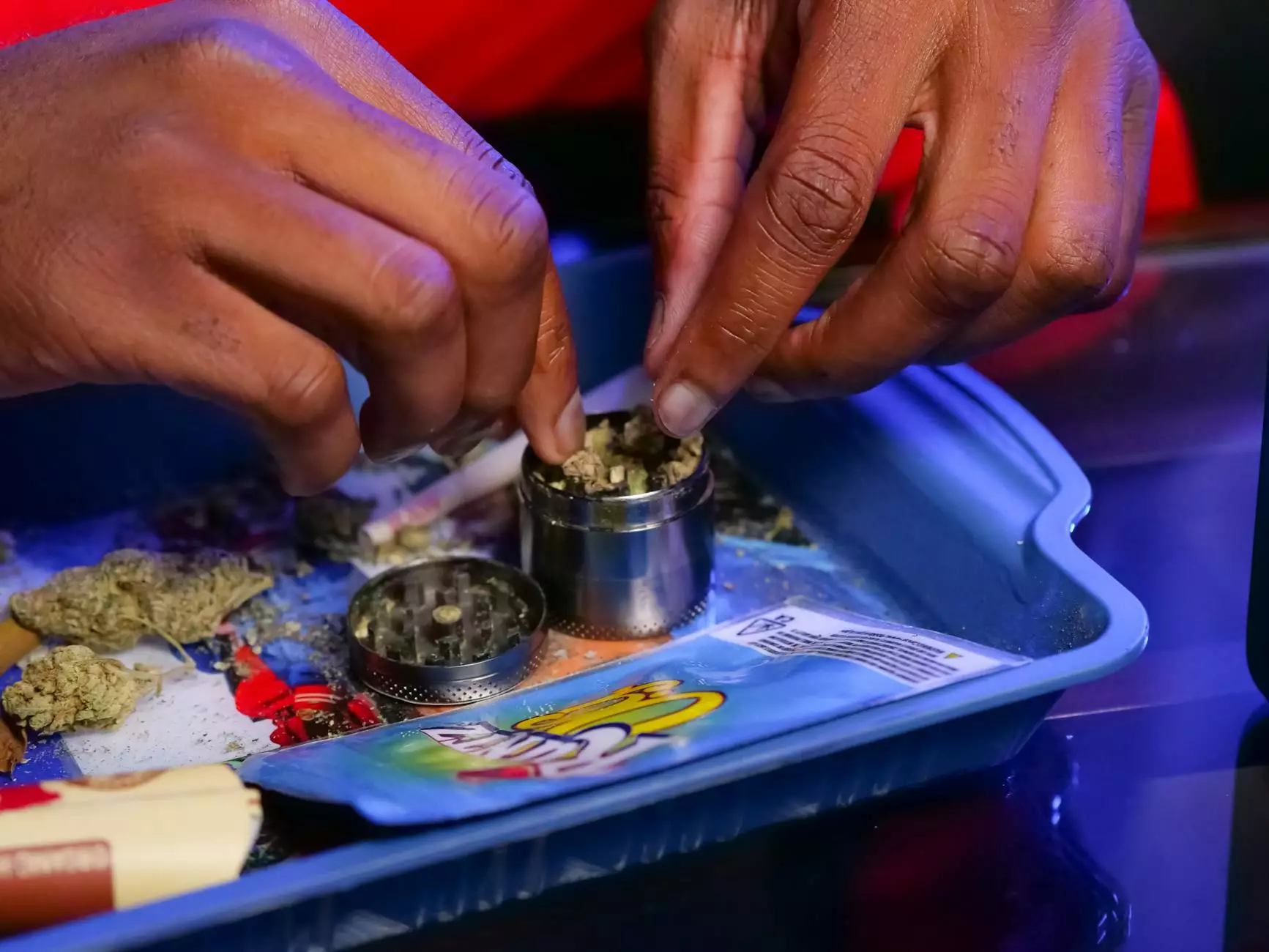Understanding Sleeve Gastrectomy: A Comprehensive Guide
Sleeve gastrectomy is a widely recognized surgical procedure aimed at aiding individuals in their quest for effective weight loss. As obesity rates continue to escalate globally, this surgical option stands as a beacon of hope for many seeking to reclaim their health. In this elaborative guide, we delve deep into the intricacies of sleeve gastrectomy, exploring its significance, benefits, risks, and the unique services offered by Antalya Health.
What is Sleeve Gastrectomy?
Sleeve gastrectomy is a type of weight-loss surgery that involves the removal of approximately 80% of the stomach, creating a tube-like structure that resembles a banana. This significant alteration not only helps in reducing the stomach's capacity but also induces hormonal changes that promote weight loss. The procedure is performed laparoscopically, minimizing recovery time and surgical complications.
The Mechanism Behind Sleeve Gastrectomy
The primary mechanism of sleeve gastrectomy is two-fold:
- Restriction: By significantly reducing the size of the stomach, patients experience a decreased ability to consume large portions of food, thus promoting lower calorie intake.
- Hormonal Changes: The surgery impacts ghrelin levels, the hormone responsible for hunger, leading to reduced appetite and cravings.
Who is a Candidate for Sleeve Gastrectomy?
Individuals typically considered for sleeve gastrectomy include:
- Those with a Body Mass Index (BMI) of 40 or higher.
- Individuals with a BMI of 35 or higher who suffer from weight-related health issues such as diabetes, hypertension, or joint problems.
- Patients who have previously failed to achieve weight loss through non-surgical means.
It is essential for potential candidates to undergo a thorough medical evaluation and consult with a healthcare professional to determine suitability for the procedure.
The Advantages of Sleeve Gastrectomy
The benefits of undergoing sleeve gastrectomy are extensive and can significantly enhance the quality of life for many patients. These advantages include:
- Significant Weight Loss: Most patients experience considerable weight loss within the first year post-surgery.
- Improvement in Comorbid Conditions: Many patients see a remission or improvement in obesity-related conditions like diabetes and hypertension.
- Minimal Surgical Risk: As a laparoscopic procedure, sleeve gastrectomy has lower risks compared to traditional open surgery.
- Less Food Consumption: The new stomach size helps patients feel full after consuming smaller amounts of food.
What to Expect Before the Surgery
Preparation for sleeve gastrectomy involves several important steps, including:
- Consultations: Initial consultations with a bariatric surgeon and nutritionist, including discussions about dietary changes and preparations.
- Preoperative Tests: Medical and psychological evaluations to ensure the patient is ready for the procedure.
- Dietary Adjustments: Patients may be required to follow a specific diet, often including a pre-operative liquid diet to reduce liver size.
Understanding the Procedure: How Sleeve Gastrectomy is Performed
The sleeve gastrectomy procedure typically lasts about 1 to 2 hours. It involves the following steps:
- The patient is put under general anesthesia.
- Several small incisions are made in the abdomen for the laparoscope and surgical instruments.
- Using these instruments, the surgeon removes a large portion of the stomach, resulting in a sleeve-like structure.
- The incisions are then closed, and the patient is taken to recovery.
This minimally invasive approach usually results in less post-operative pain and quicker recovery.
Recovery After Sleeve Gastrectomy
Recovery is a crucial phase following the procedure. Here’s a general overview of what to expect:
- Hospital Stay: Most patients stay in the hospital for 1 to 2 days post-surgery.
- Postoperative Diet: A gradual progression from liquid to soft foods, and eventually to a balanced diet.
- Physical Activity: Patients are advised to start walking as early as the day after surgery, with gradual returns to normal activity.
Potential Risks and Complications
While sleeve gastrectomy is considered safe, it is essential to be aware of potential risks, which may include:
- Bleeding and infection.
- Gastroesophageal reflux disease (GERD).
- Nutritional deficiencies due to changes in diet and absorption.
- Stomach leaks or resultant complications.
Following post-operative instructions from healthcare providers minimizes the risks involved.
Your Weight Loss Journey with Antalya Health
At Antalya Health, we pride ourselves on providing exceptional medical services encompassing health and wellness. Our team of experienced medical professionals is dedicated to guiding patients through their weight loss journey via sleeve gastrectomy.
We offer:
- Comprehensive Consultation: Tailored health assessments to determine the best surgical options for each individual.
- State-of-the-Art Facilities: Our medical centers are equipped with the latest technology and are staffed by experienced surgeons specializing in bariatric procedures.
- Supportive Aftercare: Continuous support and resources to help patients maintain their weight loss and overall health.
Wrap-Up: Is Sleeve Gastrectomy Right for You?
For many individuals battling obesity, sleeve gastrectomy represents a transformative opportunity to regain control over their health. As you contemplate this surgical option, it is imperative to consult qualified healthcare professionals to personalize your weight loss strategy. Whether you are exploring options for weight loss or seeking further information on the benefits of this procedure, Antalya Health stands ready to provide you with the knowledge and resources you need. Embrace a healthier future with the expertise and care available today!
© 2023 Antalya Health. All rights reserved.






